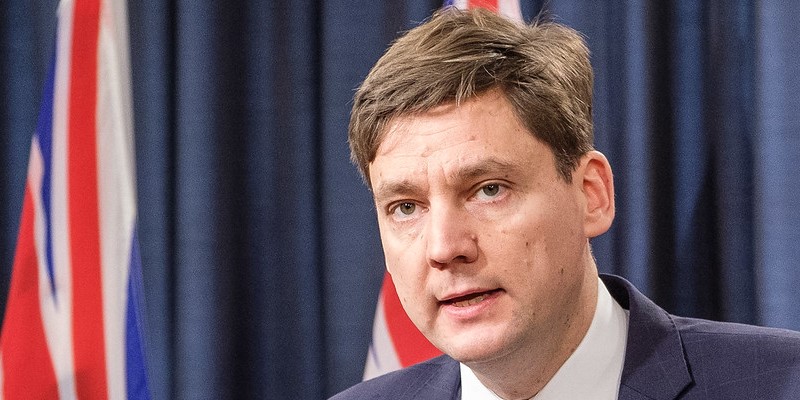B.C. government must rein in spending in upcoming budget to avoid big runup in debt

Tomorrow (Feb. 28) the Eby government will table its budget for the upcoming fiscal year. Despite running a projected $5.7 billion surplus in 2022/23, the government must rein in record-high spending if it wants to prevent additional debt accumulation in the years ahead, which comes with significant costs to taxpayers.
Indeed, after a long period of relative spending restraint, the British Columbia government significantly increased spending in recent years—even before the pandemic. Per-person (inflation-adjusted) program spending increased by 4.0 per cent annually from 2017 to 2019. In other words, even after adjusting for the additional spending needed to support a growing population and overall increase in prices, program spending increased markedly over the period.
B.C.’s shift from being one of the most restrained governments in Canada to being among the fastest growing spenders has been sudden and drastic. Spending grew more in that three-year period before the pandemic than it did in the entire 16 years since the turn of the century.
By 2021, inflation-adjusted program spending reached an all-time high of $13,250 per person. Even if we exclude COVID-related spending, per-per¬son spending ($12,533) in 2021 was by far the highest on record. This rapid spending growth is a primary reason that the government’s budget last year forecasted a deficit and a rapid increase in the province’s debt (as a share of the economy) in the next few years. An unexpected boost in revenues temporarily forestalled rapid debt growth, but if revenue growth returns to recent historical norms while spending continues on its current trajectory, the rapid debt accumulation forecasted last year could still occur.
And even with the recent unexpected revenue windfall and surprise surpluses, B.C. has still experienced an increase in debt. That’s because B.C. separates annual spending (the operating budget) from long-term spending on items such as new schools and highways (the capital budget).
Indeed, since 2016/17, the province has accumulated nearly $18.5 billion in new debt. B.C.’s net debt as a share of the economy—a key indicator of the health of provincial finances—is projected to increase from 14.4 per cent in 2016/17 to 15.2 per cent by 2022/23. For context, Ontario and Quebec are forecasting at least mild declines in net debt (as a share of the economy) from 2016/17 to 2022/23. In other words, by this key metric, other province’s finances are set to improve while B.C.’s is projected to deteriorate. As noted, the pace of deterioration is almost certain to accelerate if spending growth proceeds rapidly.
A recent report by the the Parliamentary Budget Officer (PBO) reaffirms that on the current track the government debt burden on British Columbians will grow in years ahead. Specifically, the PBO found that B.C.’s finances are unsustainable, which means that unless the provincial government wants to pile more tax increases on top of the ones it has already implemented, it must reduce spending to prevent long-term growth in the province’s debt burden relative to the size of the economy.
Provincial debt comes with consequences. Indeed, B.C. taxpayers that are ultimately responsible for financing provincial debt, and more debt (all else equal) means higher interest payments. In 2022/23, debt interest costs are projected to reach more than $500 per person—that’s money no longer available for important programs such as health care and education.
In last year’s budget, the provincial government forecasted rapid debt growth for B.C. An unexpected revenue windfall has spared the province for now, but if it continues its path of rapid spending growth, the pause will be temporary and the provincial debt burden will grow rapidly. If the Eby government wants to bring the province’s finances back to sustainability and protect British Columbians from higher interest costs, it must put an end to record-high spending.

